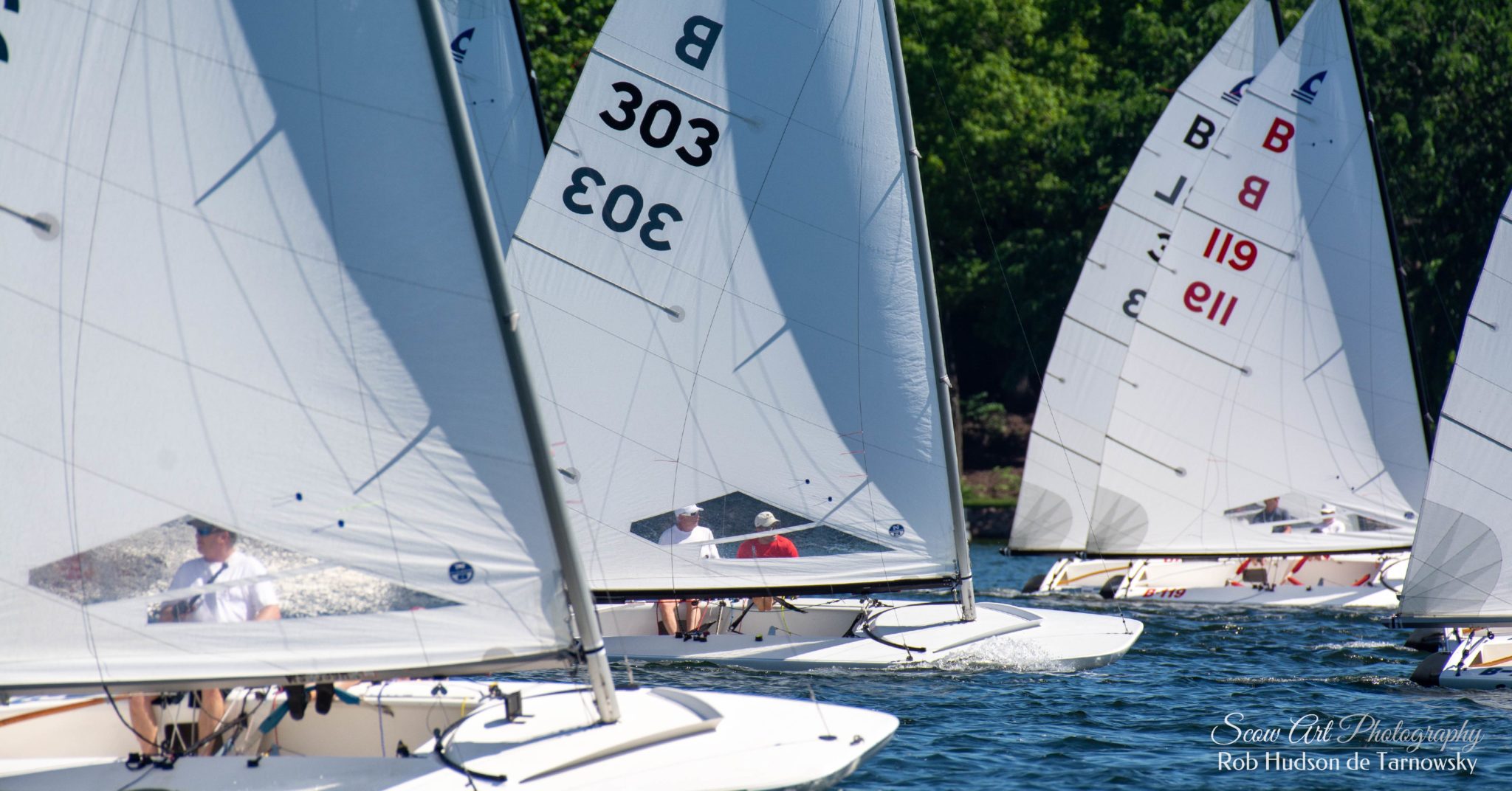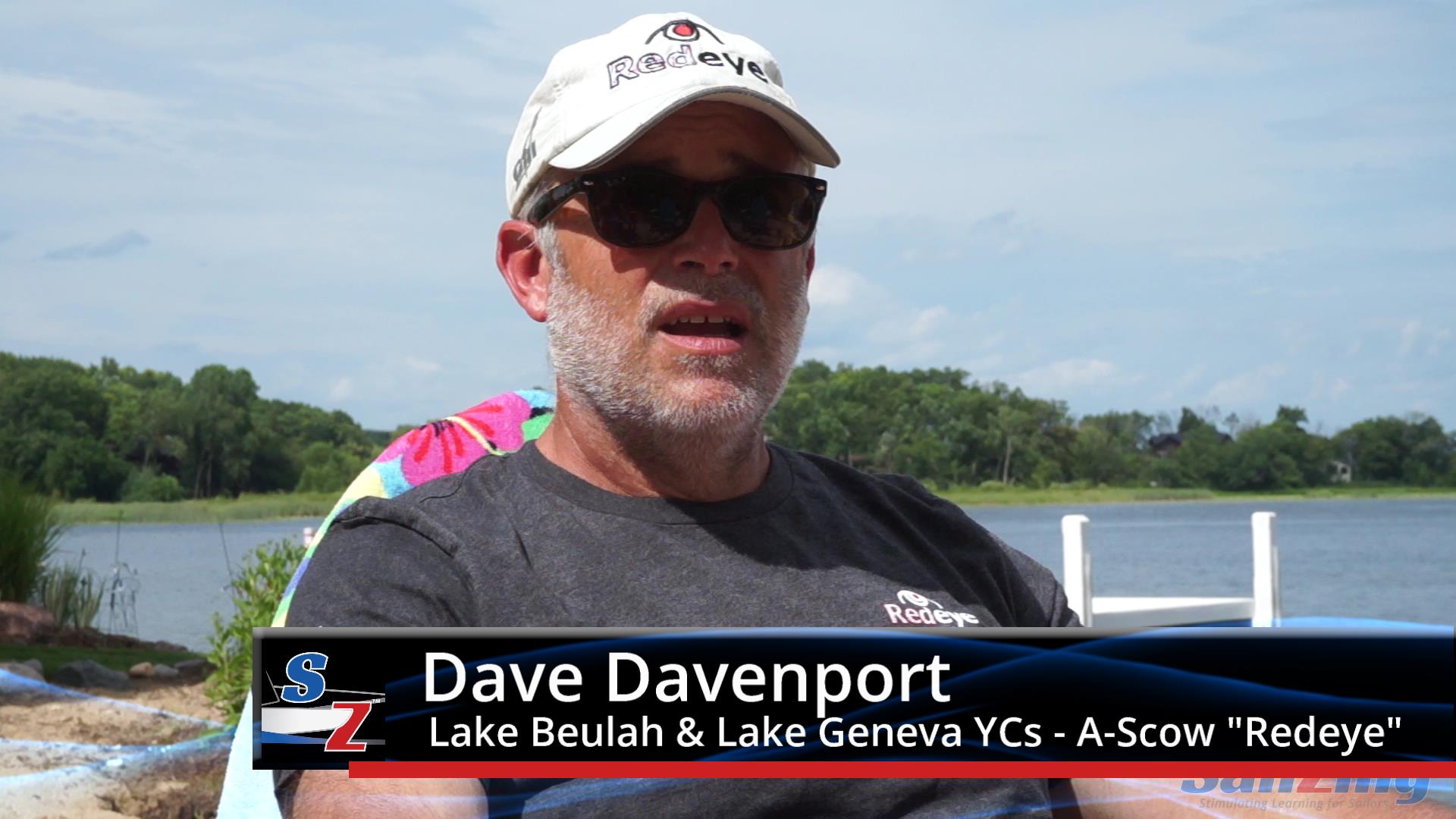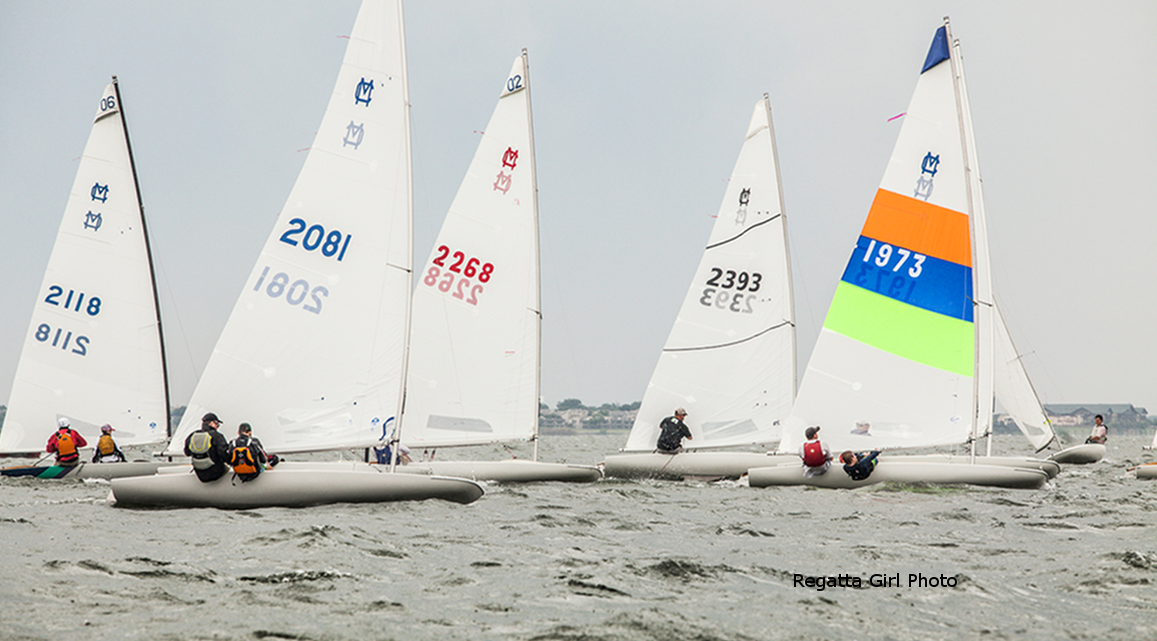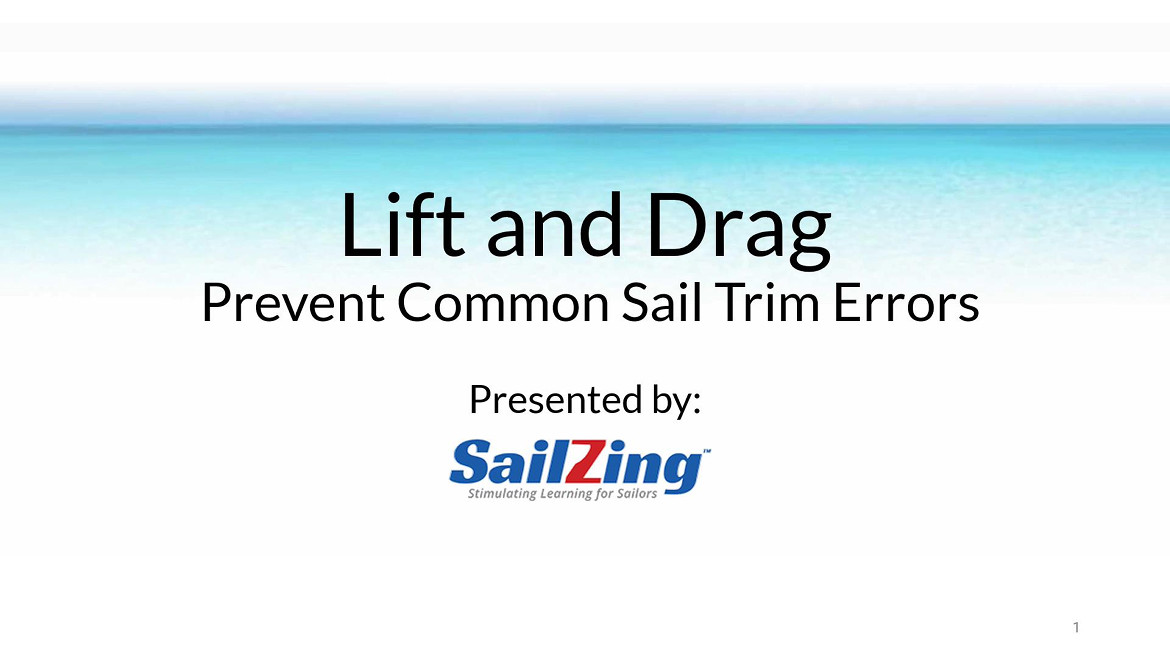Top sailors tell us that angle of heel is everything. Are you having trouble maintaining constant angle of heel in breeze? A good sailor once told me that it’s simply a matter of choice – do what it takes to achieve it.
John Bertrand gives us a way to think about sailing upwind in a breeze.
No matter what [boat] you sail, your best performance will be achieved if [the] ideal heel angle is held absolutely constant at all times.
When I’m in fresh wind conditions I use my jib telltales not to tell me if I’m pointed in the right direction … but to tell me whether I have the correct sail shape for windward conditions.
John Bertrand in An Unusual Telltale Tale – from More Sail Trim
Most people don’t think about using jib telltales to identify needed changes in sail shape. Thus, we wrote this post to unpack Bertrand’s comments. Bertrand’s article appeared in More Sail Trim, a 1970s compilation about sail trim from Sail magazine. The book is still available and is worth getting.
Prioritize constant angle of heel
Because angle of heel is so important, Bertrand says to first get the boat at the correct angle of heel and then use your telltales and other indications to get the correct sail power and steering.
Examples
We’ll paraphrase the examples Bertrand uses. His examples refer to jib luff telltales, but also apply to mainsail luff telltales on a cat-rigged boat.
Overpowered
If your mainsail is too full, you must feather the boat to windward to stop it from over-heeling. If you do this the weather (windward) telltales will lift constantly. This creates drag. Flatten the main to depower so that the windward telltales are “breathing” – lifting periodically.
Once you have maxed out all your controls, all that’s left is to steer to maintain the angle of heel.
Underpowered
If your sail is too flat in breeze, you will have to sail too low to maintain the proper angle of heel. The leeward telltales will flutter. This “stalling” destroys lift and adds drag. Power up the sail.
The Groove
When the correct sail power is obtained, you will have the proper angle of heel with the windward telltales breathing. The boat starts to sail itself, sailing high and fast with minimum rudder action. This frees you up to look around and make good decisions.
About John Bertand
From Wikipedia and the contributors’ section of More Sail Trim:
John Bertrand (born 20 December 1946) is a yachtsman from Australia, who skippered Australia II to victory in the 1983 America’s Cup, ending 132 years of American supremacy. Bertrand won the bronze medal in the Finn competition at the 1976 Summer Olympics in Montreal. In 2010 and 2016, he won the world Etchells class sailing championships. Has won Australian national championships in six classes.
Related Content
Puff Response: Variations in Ease, Hike, Trim – SailZing. How to maintain constant angle of heel in puffs and lulls.
C-Scow Sailing in a Breeze and Angle of Heel – SailZing. Top C Scow sailor discusses effect of over-heeling.
From the Archives: Heel for Speed – Steve Hunt in Sailing World





